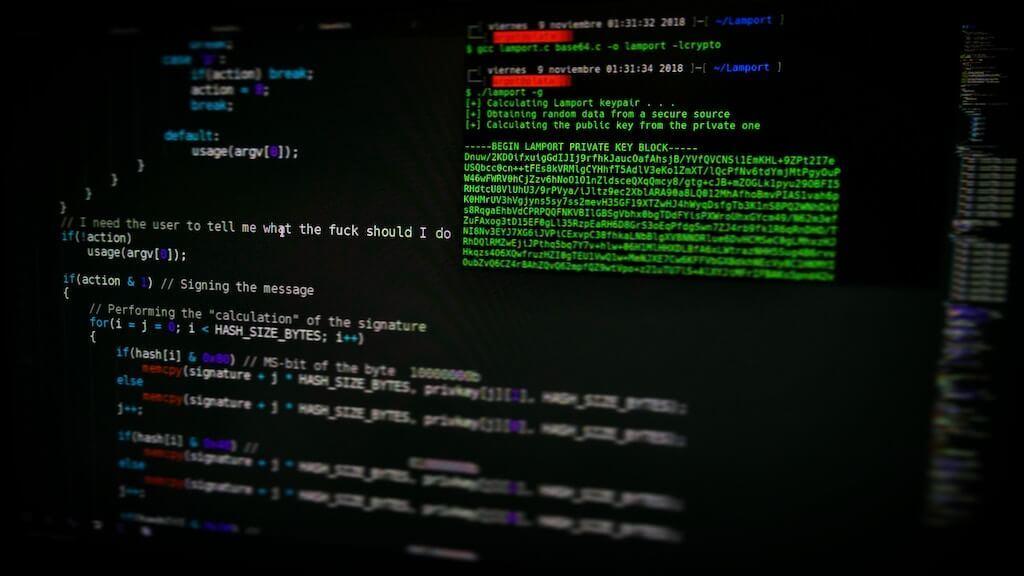We stand astride the precipice of the digital epoch, where entities—multifaceted, minuscule, or monstrous—find themselves beset by the omnipresent specter of cyber threats. Amidst the tumultuous landscape, a bastion, oft neglected but of paramount significance, springs forth: the education of employees about cybersecurity.
Enter the intricate dance of teaching employees to safeguard the cyber realm. A metaphorical tightening of the ship’s screws, a meticulous marshalling of defenses against the ceaseless onslaught of threats, both malicious and benign, that pepper the digital horizon.
The Imperative of Cybersecurity Education: A Riddle Wrapped in an Enigma
The Paradox of the Human Element
Regarded as Achilles’ heel in the grand scheme of cybersecurity, employees exhibit a propensity to unwittingly serve as conduits for digital onslaughts. They stand accused of falling for the siren call of phishing emails, the temptation of frail passwords, and the perilous seduction of sharing sensitive data with unseen interlopers. Education stands as the vanguard against such inadvertent exposures—imbuing employees with the discernment to identify risks, and arming them with the tools to fortify potential weak spots.
A Dance with Regulations
The world has responded to the rise of cyber threats with a raft of regulations and directives designed to maintain a requisite degree of cybersecurity. A prerequisite for compliance, employee training helps to sidestep the potentially devastating pitfalls of sanctions, penalties, and the inescapable tarnishing of reputations.
The Art of Reducing Incident Costs
Amid the tempest of cyber-incidents, an investment in cybersecurity training is the eye of the storm—promising calm and order. An educated workforce slashes the odds of successful attacks, thereby sidestepping the heavy burdens of financial loss, operational upheaval, and the erosion of public trust that inevitably follow in their wake.
The Craft of Effective Cybersecurity Education
The Dance of Eternal Vigilance
The dynamic duo of time and technology foster an ever-evolving arsenal of threats. In such turbulent waters, organizations must maintain a constant vigil—refreshing, updating, and reminding employees of the threats that lurk in the shadows and the shields that guard against them.
The Wisdom of Role-Specific Training
Diverse as the stars in the sky, the roles within an organization bear disparate levels of access to sensitive data. A targeted approach to cybersecurity education, sculpted to fit each role’s unique contours, ensures each employee is armed with the appropriate shield and sword.
The Art of Engagement
Cybersecurity education mustn’t descend into drudgery. It should sing, dance, and captivate the audience. By weaving real-world scenarios, simulations, and interactive exercises into the educational tapestry, the teachings become etched in memory, morphing from abstract concepts to tangible defenses.
The Science of Evaluation
The effectiveness of cybersecurity education lies not in the teaching but in the learning. Quizzes, simulations, practical exercises—they serve as litmus tests for knowledge absorption. Key metrics, including completion rates and scores, offer valuable insights, shedding light on the path towards a more robust and effective training regimen.
The Tapestry of Implementing Cybersecurity Education
The Will of the Upper Echelons
A top-down approach is instrumental for a successful cybersecurity education program. The upper echelons should actively engage in the training, lead by example, and spare no expense in supporting these initiatives.
The Power of Constant Communication
Frequent reminders, updates, and incident reports on cybersecurity measures ensure that employees remain mindful of their roles in the grand scheme of defense. They provide an ongoing drumbeat, constantly reminding employees of the importance of their role in cybersecurity.
The Vision of a Security Culture
A shared sense of responsibility for data protection fosters a culture of security. By championing cybersecurity’s importance, recognizing security-conscious employees, and promoting open dialogue about security, organizations can weave a powerful protective fabric.
A Closing Note
No stone can be left unturned in the quest for effective cybersecurity. Employees, once the weakest link, can be transformed into an organization’s most potent defense through the power of education. It requires sustained, role-specific training and a pervasive culture of security. Only then can an organization weather the storm of digital threats and stand strong amidst the ever-shifting landscape of cyber threats.
FAQs
Why is cybersecurity training important for employees?
Cybersecurity training is essential for employees because it helps them become more aware of potential risks, adopt secure practices, comply with regulations, and reduce the cost of cyber incidents.
What are some key components of effective cybersecurity training?
Effective cybersecurity training should include regular and ongoing training sessions, tailored content for different roles, engaging and interactive content, and assessments to measure the effectiveness of the training.
How can organizations create a culture of security?
Organizations can create a culture of security by promoting the importance of cybersecurity, recognizing employees who demonstrate secure practices, and fostering open communication about security issues.
What are some best practices for implementing cybersecurity training?
Best practices for implementing cybersecurity training include obtaining management support, maintaining frequent communication about cybersecurity, and creating a culture of security within the organization.
What role does management play in cybersecurity training?
Management plays a crucial role in cybersecurity training by actively participating in the training, demonstrating commitment to cybersecurity, and allocating resources to support the training initiatives.
You can learn more on cybersecurity in our french website:
Les fondamentaux de la Cybersécurité
L’importance de la cyber-sécurité dans le développement d’applications mobiles
Top 15 des catégories d’attaques informatiques en 2023
Comprenez les enjeux de la sécurité pour les applications
Comment sécuriser sa connexion internet ?
Les fondamentaux de la Cybersécurité
Top 15 des catégories d’attaques informatiques en 2023
Les métiers IT les mieux payés en 2023


